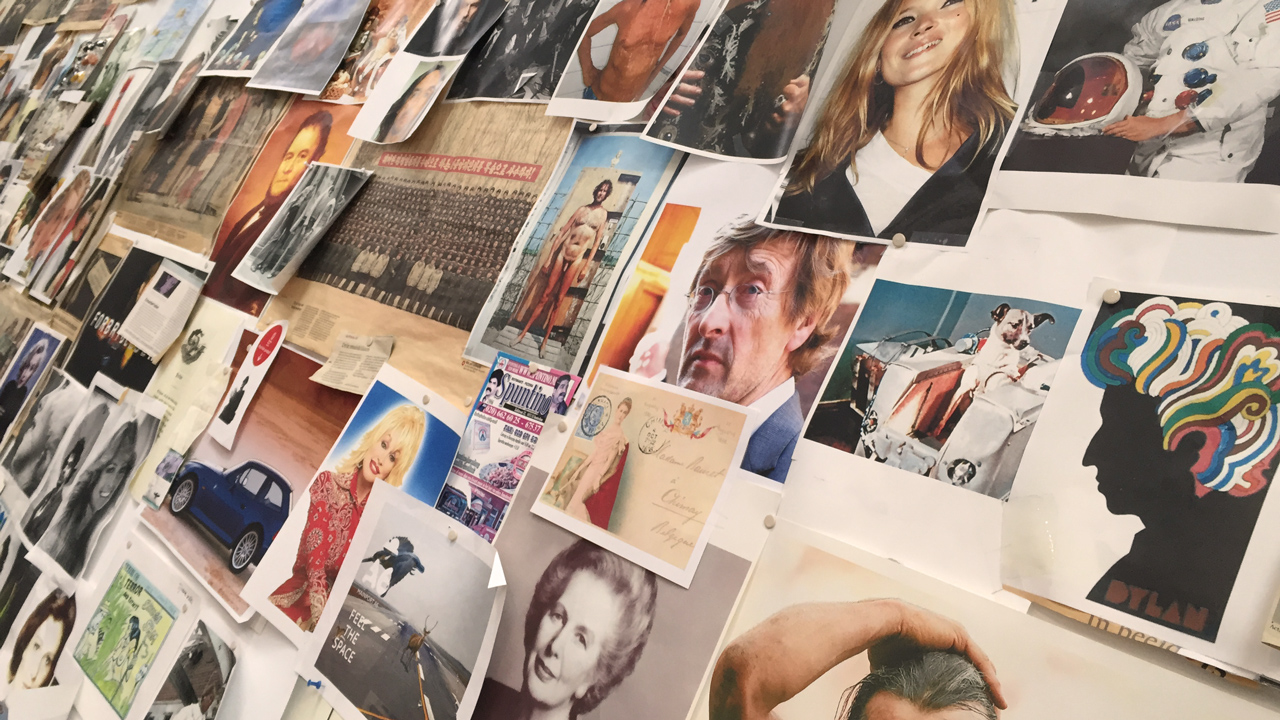
–
Liedtka en Ogilvie, 2011
Plans, analyses, track records, reports, results in stacks of paper, meetings, records and spreadsheets. They provide information, but they don’t help organisations put things in motion. Design offers the tools which we use to help organisations transform theory into action.
We use Design Thinking as a method for developing design.
Design Thinking is a method for tackling difficult challenges and transforming them into opportunities. It is a guideline for every design challenge.
The method is geared towards people, pays attention to needs and takes limitations into consideration. It is a form of cooperation in a lively way. Design Thinking is ground-breaking; we use it to put things in motion. Design Thinking stimulates empathy, discovery and repetition. If we want to design something great, we have to look carefully and learn. Design Thinking allows us to explore multiple options and scenarios. In our approach, we focus on what people actually want. In this approach, we take small steps quickly, allowing us to make adjustments during the process and not after the fact. That saves money.
How does Design Thinking work?
We define the challenge and conduct research; we learn inside and outside the sphere of work.
Key words: understand, look and see, journey mapping, gain inspiration, talk with people
We take what we learned and interpret it.
Key words: storytelling, search for meaning, visual interpretation
We see an opportunity and translate it into concepts.
Key words: brainstorm, conceive ideas, design concept, refine ideas, sketch, conceive scenarios
We elaborate on an idea and make prototypes.
Key words: elaborate, build, test, involve end users in testing, feedback, adjust
We produce a design, how do we further develop.
Key words: production, market assessments, further development, end user loyalty
Diemerzeedijk 27C
1095KK Amsterdam
+31 (0)20 – 494 3111
info@beautifulminds.nl
© 2001 – 2025 Beautiful Minds